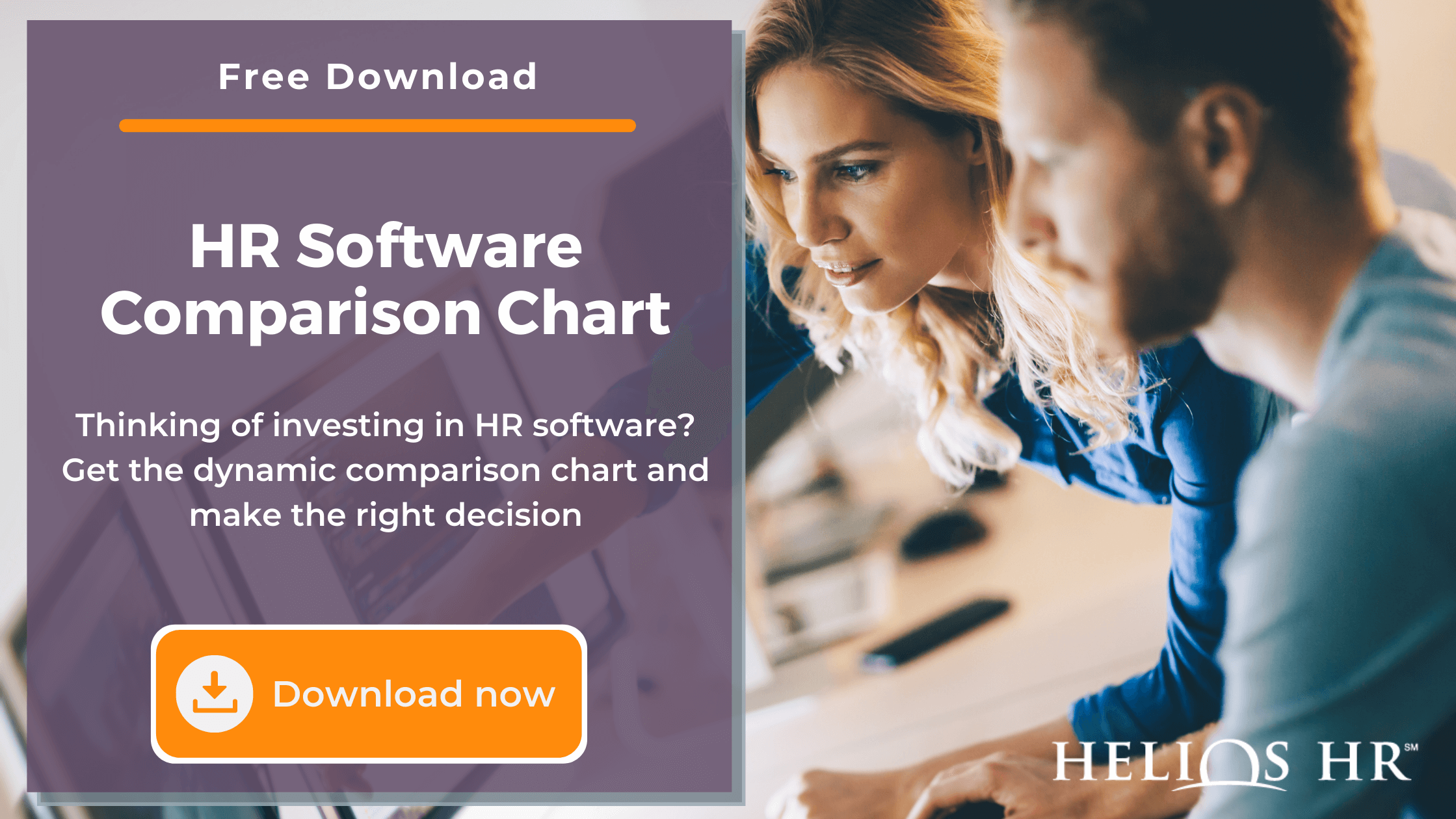By: Debra Kabalkin on April 8th, 2025
7 Steps to Finding the Best HRIS Systems and Vendors
A human resource information system (HRIS) is not just about streamlining payroll and managing HR data processes. The HRIS implementation process is a strategic organizational decision that can improve every aspect of your company. That's why it's valuable to know how to select an HRIS.
Given the importance of the choice you are making, the system selected should meet your current needs and have the adaptability to grow and change with the organization into the foreseeable future.
Through this process, you have an opportunity to make your presence known. You can show your value by using the new HRIS system as a tool to enable strategic decisions for the company. You can share vital data and metrics, and use company analytics to measure results.
7 Steps to Select the Best HRIS
When choosing an HRIS platform there are some important steps to follow:
- Initial assessment
- Determine functionality requirements
- Evaluate available vendors
- Create your project committee
- Request for Proposal (RFP)
- Demonstration and evaluation
- Choosing between the final vendors
Step 1: Initial assessment
First, an organization must decide whether the selection process will be carried out by an internal HR team or an outside consultant firm.
For smaller HR departments or HR professionals who have not experienced the HRIS selection process before, it can be a bit challenging to manage the normal day-to-day responsibilities as well as the HRIS process. Therefore, if the department has the need but does not have the time available to take on the data-gathering and evaluation process, hiring a consultant to assist with this process may be a wise choice.
Even organizations that have a large HR department may want to get an outside opinion to validate the findings and recommendations of their internal HR Department.
Step 2: Determine functionality requirements
Assessing the organizational and departmental needs will be a company-specific venture. At this point, the specific requirements of the organization will determine the functionality required to deliver success versus the features that are merely nice-to-have.
Many organizations will begin with either an integrated payroll module or an HRIS that will work with the payroll system currently in place. Some of the features you might consider integrating may be an applicant tracking system, a performance management system, or a time and attendance system. You'll also need to think about whether to use a cloud-based HR system or even one that can be accessed via a mobile app.
Due to the ever-increasing complications of benefits administration, a benefits module is a good addition for many organizations. These modules allow you to enroll employees, track and process benefits enrollments and participation for the organization, and produce required notices.
Another additional module to the benefits module and the HR module includes an employee self-service (ESS) module. An ESS allows employees to view and update their personal information in the system.
Step 3: Evaluate available vendors
Once you have determined a master list of requirements and project parameters, you should develop rating criteria to measure the offerings and limitations of the products available to you.
List your specific needs and requirements down the left-hand side of the spreadsheet, and add the vendors and products you will assess across the top. An example list of requirements may look like the following:
- Employee engagement tools
- Integration with payroll system (or combination HR/payroll package)
- Performance management and employee performance reviews
- Time tracking and attendance tracking
- Real-time reporting capabilities, standard, and custom
- Applicant tracking
- Leave and PTO administration
- Benefits management
- Employee self-service portal
- Electronic form processing
- Training management
- Compensation management tools
- Employee data analytics
- New hire onboarding process management
- Reassignment and offboarding
- Succession Planning
It's also important to consider factors such as ease of use and customer support. Complex HRIS software might offer impressive HR tools, but a user-friendly tool will make it easier for your current team to automate their HR processes.
Step 4: Create your project committee
Once the evaluation process has been completed, you should be left with a list of vendors that match your organization’s needs.
At this time in the process, you should organize a committee to view the project beyond the scope of the HR department. The evaluation committee should at least include members from the following departments:
- Members of Senior Management
- IT
- Payroll/finance/accounting
- Compensation
- Recruiting
- Operations
Step 5: Request for Proposal (RFP)
From your list of vendors, you will want to provide each a detailed RFP seeking bids for your business.
Vendors should meet the minimum requirements that you have established and should be willing to hold a price point for up to 90 days. The RFP should include information about your organization as well as your project specifications such as your minimum requirements, budgetary constraints, and targeted selection and implementation schedule.
Organizations should provide RFPs to no fewer than four HRIS software vendors because some vendors may be unable to meet your specific needs in one aspect or another.
Step 6: Demonstration and evaluation
Upon receipt of the RFP responses, select no less than three vendors to come onsite to present a demonstration. The complexity of the system and your list of minimum requirements will have an effect on the length of time that you should schedule for the demonstration.
Ensure that each member of the project committee is able to attend the presentations and to ask relevant questions. Use the list of minimum requirements to create a checklist (scorecard) for the demonstration to ensure that each item is sufficiently addressed.
The scorecard may also include some or all of the desired items from the list of original organizational needs assessments, which could potentially serve as “tie-breaker” items when trying to choose the best HR software.
Committee members should use this opportunity to ask questions and to fully explore any aspects of the software that may be potential challenges or difficulties. Shortly after the final demonstration, members of the selection committee should meet to debrief.
During this debriefing, the committee members share the results on their scorecards and bring any concerns to light. Members will also discuss how the software meets or exceeds the requirements of the organization. Follow-up discussions or questions may have to be provided to certain vendors.
Step 7: Choosing between the final vendors
Once you have reduced your list of systems down to your final candidates, conduct reference checks. The finalist vendors should be able to provide you with a list of current clients who are using the current product.
Following your reference checks, you should reconvene your selection committee one last time to review the results of the reference checks, in conjunction with the original scorecard results. During this meeting, the final provider candidates should be measured against each other, and the team should be able to reach a selection decision at this point.
Following a decision, you can make the appropriate recommendation to the senior executives of the organization, complete with a presentation outlining the justification for the purchase and the value added by the software.
Related reading: The Complete Guide to HRIS and HR Software
Part of this discussion should focus on how this system will enable HR managers to have a more strategic role in the organization; as they can now capture data from the new system to create leadership training programs, succession plans, and many other programs to help employees grow and develop for the future.
Need some more guidance? Book a no-obligation call with a Helios HR consultant.






